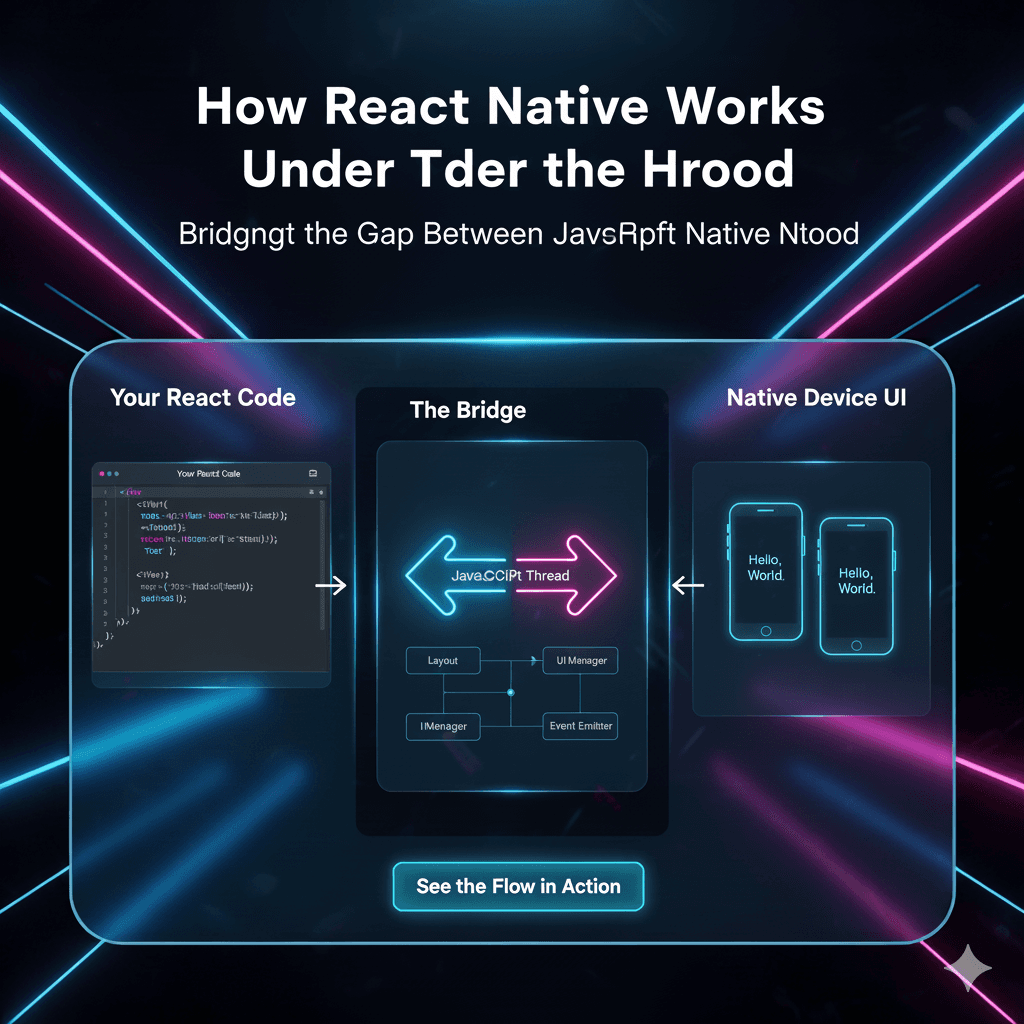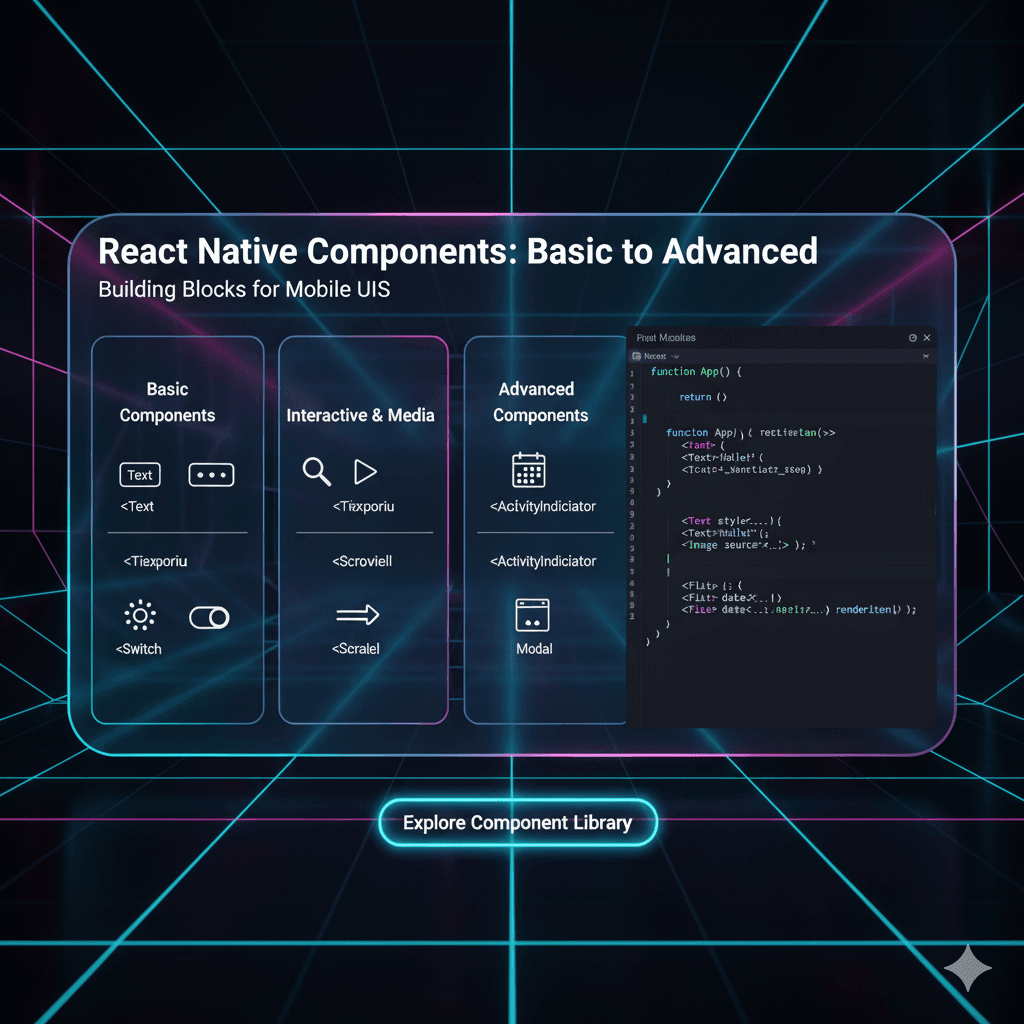Zustand 101: Ditch the Boilerplate, Embrace Simplicity

Tired of Redux boilerplate? Learn how Zustand provides a minimal, powerful state management solution for React. Code examples, best practices & more. Master web dev with CoderCrafter!

Zustand 101: Ditch the Boilerplate, Embrace Simplicity
Zustand 101: Ditch the Boilerplate, Embrace Simplicity
Let's be real for a second. State management in React can feel like a part-time job.
You start with useState and useContext, and it's all sunshine and rainbows. Then your app grows. Before you know it, you're drowning in prop drilling, your context providers are nested 10 levels deep, and you’re spending more time wiring things up than actually building features.
The classic solution? Redux. It’s powerful, no doubt. But man, the boilerplate! Actions, action creators, reducers, connect, useSelector... it’s a lot. It feels like you need to write a small novel just to update a loading spinner.
What if there was a library that gave you the power of global state without the existential dread? A library so simple, you could learn it in 10 minutes, yet so powerful, it could scale with your entire application?
Spoiler alert: There is. It's called Zustand.
What the Heck is Zustand, Anyway?
First things first, it's pronounced "tshoo-shtahnt". It's a German word for "state" or "condition". And just like its name, the library is straightforward and no-nonsense.
In technical terms, Zustand is a small, fast, and scalable state management library for React. It was created by the brilliant mind of Paul Henschel, and it's built on a simple premise: your state should be a hook.
That's it. No providers. No context. No wrapping your entire app in a <Provider> component. You create a store, and then you use that store directly in your components with a hook. It’s the "it just works" of state management.
Why is Everyone Switching to Zustand? The Killer Features.
So, what’s the big deal? Why is Zustand suddenly showing up in every other "State Management in 2024" article?
Minimal Boilerplate: This is the headline. You can set up a fully functional global store in just a few lines of code. We're talking 5-10 lines, max.
No Provider Hell: Your app doesn't need to be wrapped in a provider. Zustand stores are accessible from anywhere, instantly.
It's Just a Hook: If you know how to use
useState, you already know 90% of Zustand. This drastically lowers the learning curve.Built-in Best Practices: Things like middleware (like
persistfor localStorage), devtools integration, and immutability are first-class citizens and incredibly easy to add.TypeScript Ready: Zustand is written in TypeScript, so you get fantastic type-safety out of the box without any extra effort.
Tiny Bundle: We're talking about a 1-2 kB library. It's practically weightless.
Let's Get Our Hands Dirty: Building a Store
Enough talk. Let's code. Imagine we're building a simple user authentication flow and a theme toggler.
Step 1: Installation
bash
npm install zustand
# or
yarn add zustandStep 2: Creating Your First Store
We'll create a file called useStore.js (or useStore.ts).
javascript
import { create } from 'zustand';
// Create the store
const useStore = create((set) => ({
// State
user: null,
isDarkMode: false,
// Actions (these update the state)
login: (userData) => set({ user: userData }),
logout: () => set({ user: null }),
toggleTheme: () => set((state) => ({ isDarkMode: !state.isDarkMode })),
}));
export default useStore;Boom. That's your entire store. Let's break it down:
create: The function we use to make a store.The function passed to
creategets asetfunction. This is how you update the state.State:
userandisDarkModeare our state variables.Actions:
login,logout, andtoggleThemeare functions that usesetto update the state. Notice howtoggleThemeuses the currentstateto calculate the new one.
Step 3: Using the Store in Components
Now, let's use our global state in components. It's as simple as using a hook.
Navbar.jsx
jsx
import useStore from './useStore';
const Navbar = () => {
// Select only the state you need!
const user = useStore((state) => state.user);
const logout = useStore((state) => state.logout);
return (
<nav>
<div>Hello, {user ? user.name : 'Guest'}</div>
{user && <button onClick={logout}>Logout</button>}
</nav>
);
};ThemeToggler.jsx
jsx
import useStore from './useStore';
const ThemeToggler = () => {
// This component only cares about isDarkMode and toggleTheme
const isDarkMode = useStore((state) => state.isDarkMode);
const toggleTheme = useStore((state) => state.toggleTheme);
return (
<button onClick={toggleTheme}>
Switch to {isDarkMode ? 'Light' : 'Dark'} Mode
</button>
);
};See the magic? The Navbar component re-renders only when the user changes. The ThemeToggler only re-renders when isDarkMode changes. Zustand automatically handles the optimizations for you. You're not subscribing to the whole store, just the slices you need.
Leveling Up: Real-World Use Cases & Best Practices
A simple counter is cool, but how do you use this in a real, complex app? Let's talk patterns.
1. Slicing Your Store
For larger apps, having one giant store can get messy. The solution? Slicing your store into smaller, logical units.
javascript
// useAuthStore.js
export const useAuthStore = create((set) => ({
user: null,
login: (user) => set({ user }),
logout: () => set({ user: null }),
}));
// useThemeStore.js
export const useThemeStore = create((set) => ({
isDarkMode: false,
toggleTheme: () => set((state) => ({ isDarkMode: !state.isDarkMode })),
}));
// useCartStore.js
export const useCartStore = create((set) => ({
items: [],
addItem: (item) => set((state) => ({ items: [...state.items, item] })),
clearCart: () => set({ items: [] }),
}));This keeps your logic clean, separated, and easy to test.
2. Async Actions? No Problem!
Zustand doesn't care if your actions are async. Just use set whenever you're ready.
javascript
const useAuthStore = create((set) => ({
user: null,
loading: false,
error: null,
login: async (email, password) => {
set({ loading: true, error: null });
try {
const userData = await api.login(email, password);
set({ user: userData, loading: false });
} catch (error) {
set({ error: error.message, loading: false });
}
},
}));3. Superpowers with Middleware
This is where Zustand truly shines. You can add powerful features with a single line.
Persisting to localStorage:
bash
npm install zustand/middlewarejavascript
import { create } from 'zustand';
import { persist } from 'zustand/middleware'; // 👈 Import the middleware
const useThemeStore = create(
persist( // 👈 Wrap your store with it
(set, get) => ({
isDarkMode: false,
toggleTheme: () => set((state) => ({ isDarkMode: !state.isDarkMode })),
}),
{
name: 'theme-storage', // unique name for the localStorage key
}
)
);Now, your user's theme preference will survive a page refresh. Mind-blowing, right?
Redux DevTools:
javascript
import { create } from 'zustand';
import { devtools } from 'zustand/middleware';
const useStore = create(
devtools((set) => ({
// ... your store logic
}))
);Now you can see every state change and action in your browser's Redux DevTools. It's incredible for debugging.
FAQs: Your Burning Questions, Answered
Q: Is Zustand a replacement for Context API?
A: For global state, absolutely. Context is great for dependency injection (like themes, auth instance) or passing data down a specific tree. But for true, app-wide state that updates frequently, Zustand is far more performant and less cumbersome.
Q: How does it compare to Redux Toolkit?
A: Redux Toolkit (RTK) fixed many of Redux's boilerplate issues. It's a fantastic library. However, Zustand is still simpler and requires less conceptual overhead. If you love RTK, stick with it. If you're new or want maximum simplicity, choose Zustand.
Q: Can I use it with Next.js?
A: 100%. Just be mindful of SSR. When using persist middleware, you'll need to handle the hydration mismatch, but there are well-documented solutions for this.
Q: Is it really scalable for large enterprise applications?
A: Yes. The pattern of using multiple, sliced stores and the built-in performance optimizations make it perfectly suitable for large, complex apps. Companies like Twitter and PayPal use it in production.
Conclusion: Time to Make the Switch?
Look, state management is a tool. You don't use a sledgehammer to crack a nut. For most React applications, Zustand is the perfect tool. It hits the sweet spot between simplicity and power.
It removes the friction and lets you focus on what matters: building an awesome experience for your users.
So, the next time you start a new project or find yourself groaning as you add another action type to your Redux store, give Zustand a try. You might just never look back.
Ready to master modern web development and build complex, real-world applications? This guide just scratches the surface of what's possible. To learn professional software development courses such as Python Programming, Full Stack Development, and the MERN Stack, visit and enroll today at codercrafter.in. We'll guide you from fundamentals to advanced concepts, ensuring you're industry-ready.









